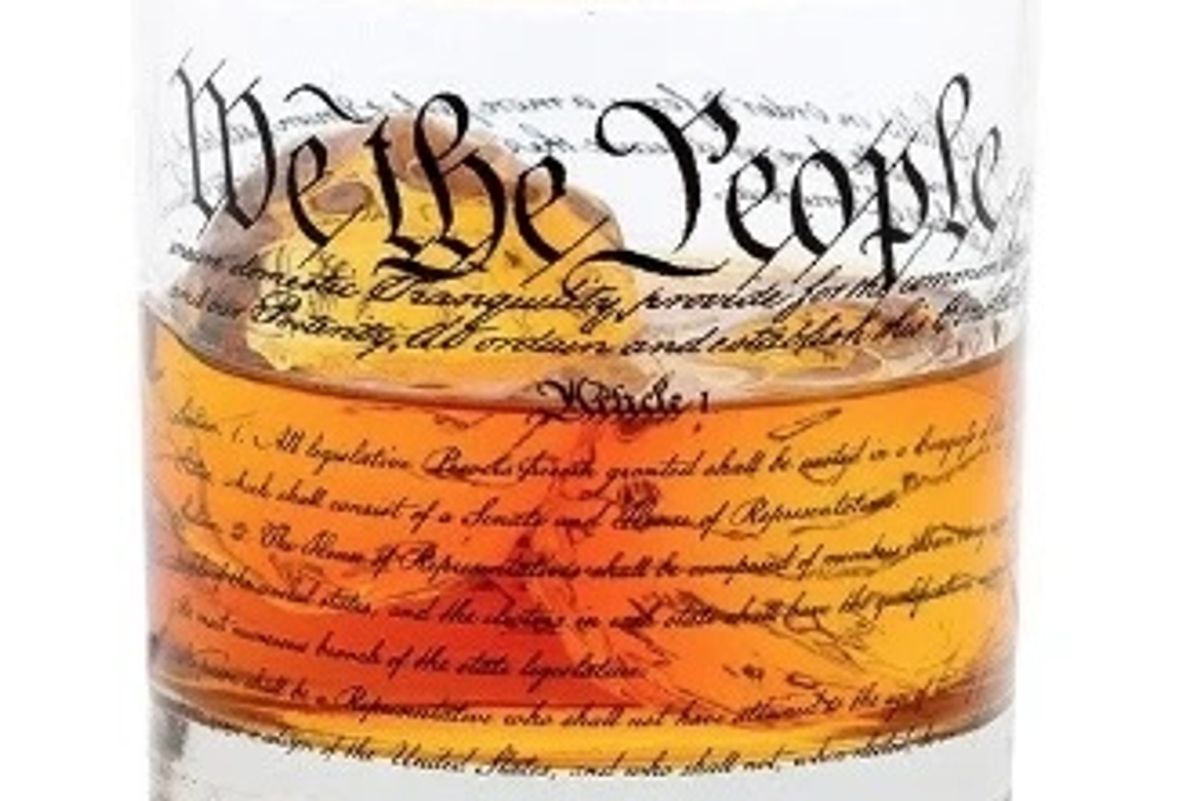
Reprinted with permission from AlterNet.
According to a comprehensive review by the National Academy of Sciences, Institute of Medicine, “few marijuana users become dependent” upon pot. By contrast, those who drink alcohol are nearly twice as likely to do so problematically. Nonetheless, over half of all young people admitted to drug treatment programs are there for their involvement with marijuana, and this percentage is steadily rising. So what’s going on?
A just-published analysis of federal drug treatment admissions data – knows as TEDS-A (Treatment Episode Data Set – Admissions) – by researchers at Binghamton University and the University of Iowa sheds some light on this issue, and it’s disturbing.
According to the study, which analyzed youth (ages 12 to 20) marijuana treatment admissions during the years 1995 to 2012, both the total number of drug treatment admissions and the number of admissions exclusively for marijuana increased over this 18-year period. Specifically, the number of youth admitted for weed rose from 52,894 in 1995 to 87,528 in 2012 – an increase of 65 percent. (Overall, just under 1.5 million teens were admitted to treatment for alleged cannabis dependence this period.)
Yet, well publicized data from the US Centers for Disease Control, Monitoring the Future, and others reports that daily, monthly, and yearly marijuana use by young people declined sharply during much of this same period. Perhaps even more importantly, studies further report that rates of problematic marijuana – so-called “cannabis use disorder” (CUD) – also fell significantly. For example, data published last week by investigators at the US National Institute of Drug Abuse (NIDA) and the Substance Abuse Mental Health Services Administration (SAMHSA) finds that the prevalence of past year CUD in young people fell 25 percent in the years between 2002 and 2014. Their findings mimicked those of a 2016 NIDA-funded study which similarly reported a 24 percent decline in problematic pot use by young people.
So, if fewer young people are using pot – and even fewer are doing so problematically – why are more teens than ever before winding up in substance abuse treatment programs? The answer lies with the criminal justice system.
Between 1995 and 2012, the percentage of young people referred to drug treatment as a result of a criminal arrest rose 70 percent, researchers reported. As a result, as of 2012, 53 percent of all youth drug treatment admissions came directly from criminal justice referrals. (Among adults, this percentage has historically been even higher.)
Predictably, as the percentage of criminal justice referrals has increased, so too has the percentage of minority youth being coerced into drug treatment programs. (Studies consistently find that African Americans and Hispanics are arrested for drug law violations, and marijuana possession specifically, at rates far greater than whites – even though their drug use rates are little different.) Since 1995, Black youth admitted to drug treatment for marijuana increased 86 percent. The percentage of Latino admissions grew by 256 percent. By contrast, white youth admissions increased only 11 percent during this same time period.
Perhaps most importantly, the authors of this new study acknowledge that many of the teens now being mandated to attend drug treatment don’t appear to belong there because they exhibit little evidence of having suffered from any deleterious mental or physical health problems specific to their cannabis use. In fact, since 2008, 30 percent of all young people in treatment for alleged marijuana dependence had no record of having even used pot in the 30 days prior to their admittance – much less exhibiting signs of being dependent upon the herb. Another 20 percent of the teens admitted had used pot fewer than three times in the past month. “Our findings indicate that the severity of drug use involved in those admissions has decreased,” authors concluded. “This study highlights the importance of identifying youth in actual need of treatment services.”
Indeed. At a time when our nation is in the grip of rising opioid abuse, America’s limited drug treatment services are primarily being used to warehouse those who occasionally use – or, more likely – have been arrested for pot.
Paul Armentano is the deputy director of NORML (National Organization for the Reform of Marijuana Laws) and serves as a senior policy advisor for Freedom Leaf, Inc. He is the co-author of the book, Marijuana Is Safer: So Why Are We Driving People to Drink? (Chelsea Green, 2013).








